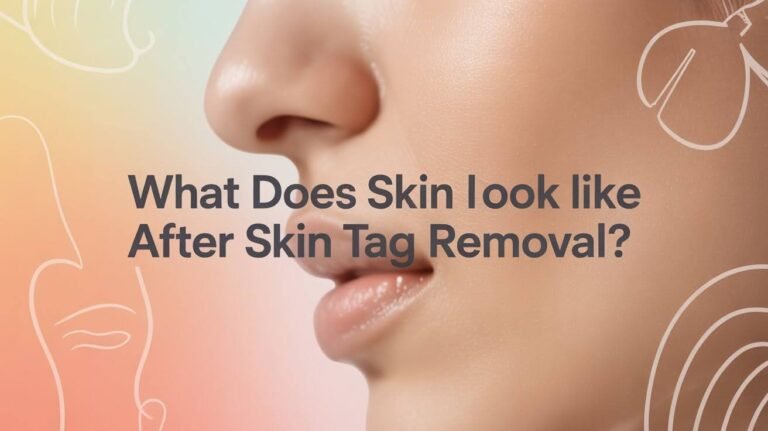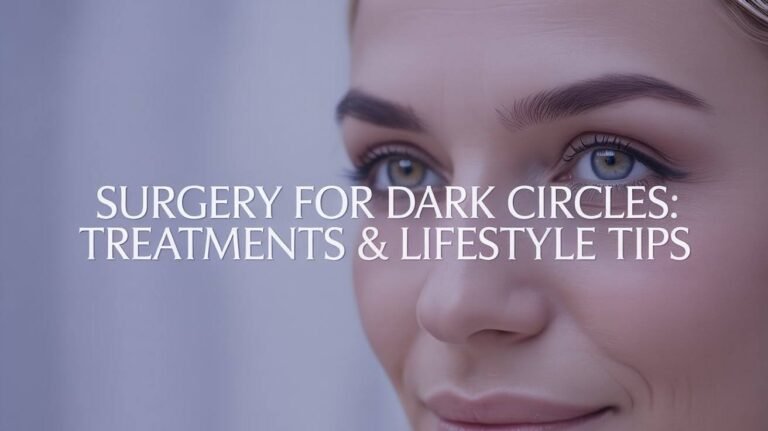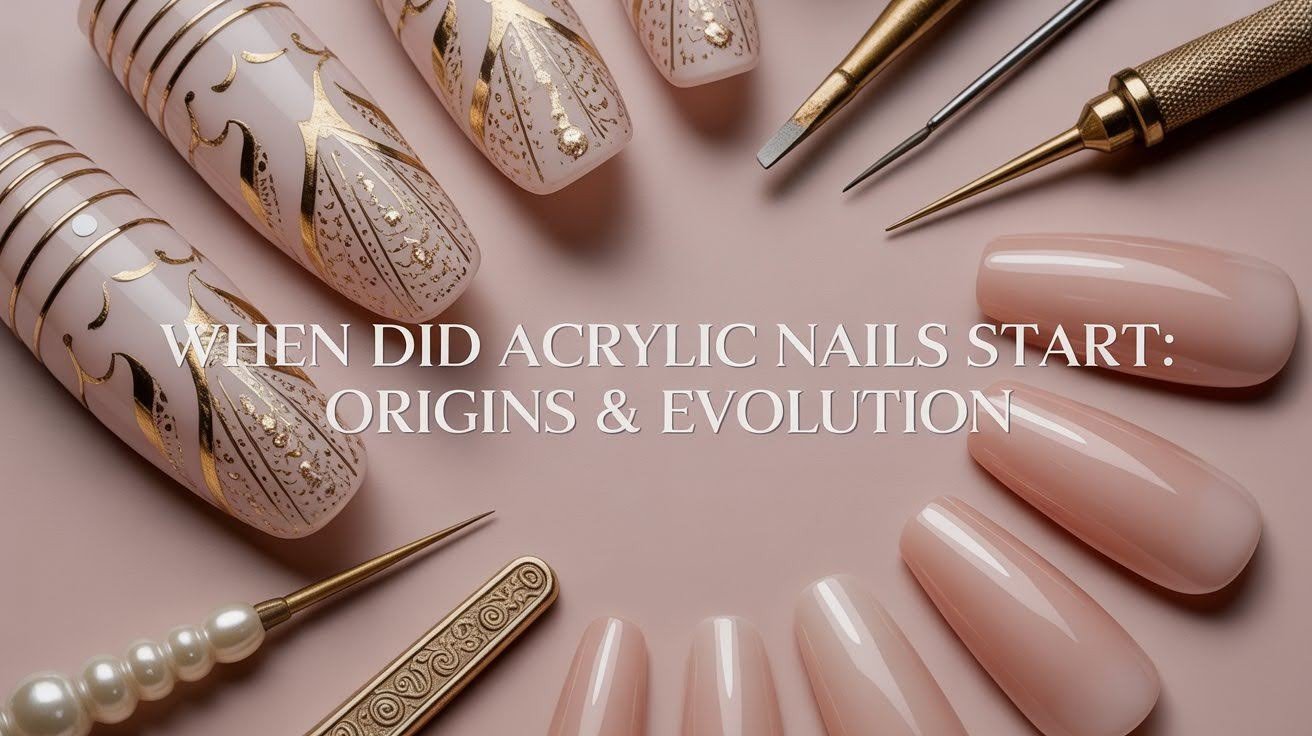Sclerotherapy vs Laser for Spider Veins: Which Is Better?
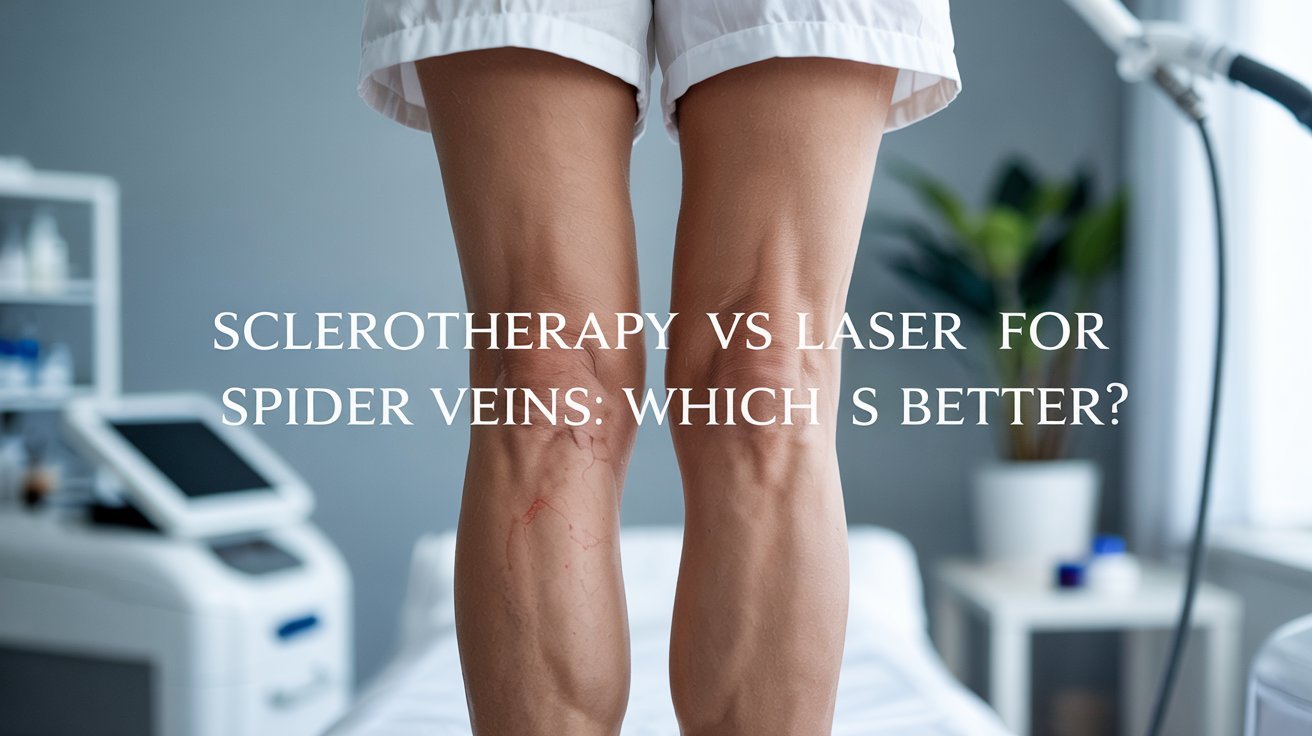
The tiny, noticeable blood vessels that appear on your face or legs are called spider veins. They can make you feel self-conscious, but they’re usually harmless.
When you are unaware of the true differences between treatments, it can be difficult to make an informed decision.
Based on efficacy, comfort, cost, and outcomes, this guide contrasts laser and sclerotherapy for spider veins.
I’ll describe each treatment’s mechanism of action, the veins it works best on, and what professionals advise. Side effects, session requirements, and the most cost-effective option will all be covered.
By the end, you’ll be able to determine which treatment is best for your particular circumstance.
Understanding Spider Veins
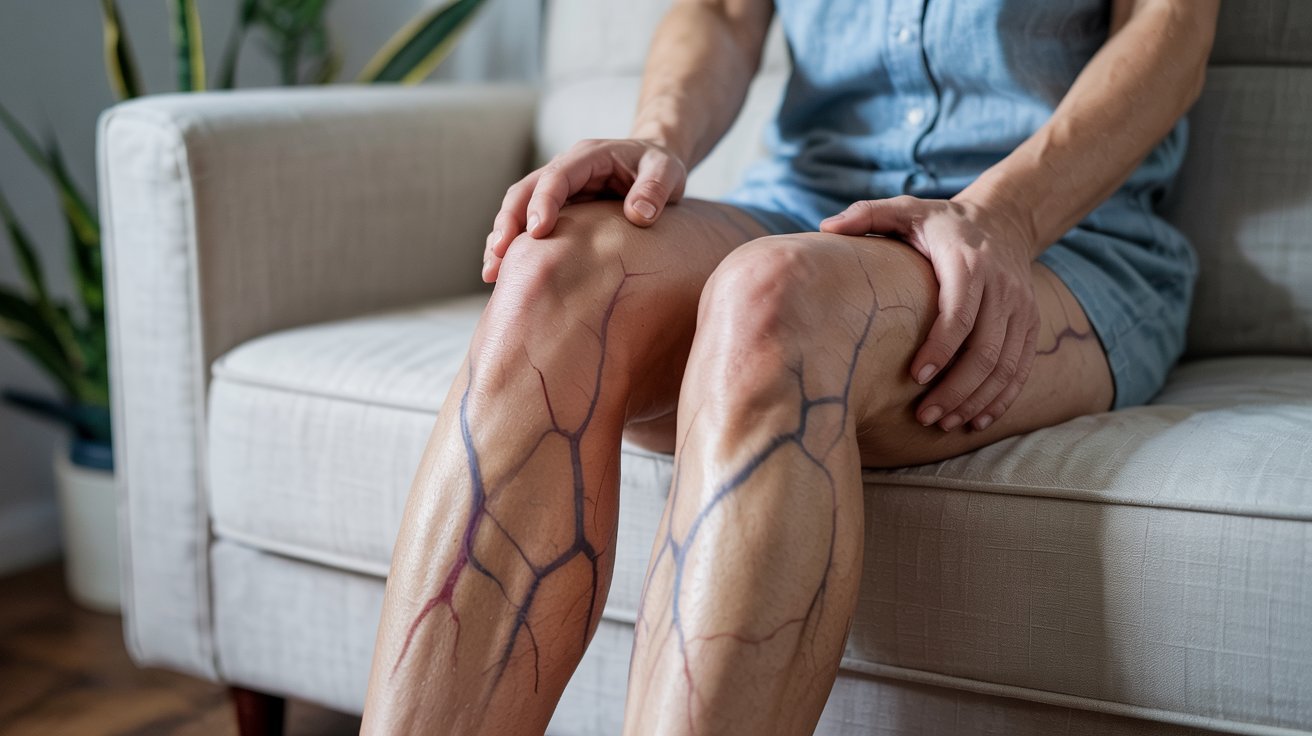
Spider veins are tiny blood vessels that appear close to the skin’s surface. They look like thin red, blue, or purple lines that branch out like a spider web. Most people see them on their legs, but they can show up on the face too.
Several factors cause spider veins to form. Genetics plays the biggest role. If your parents had them, you’re more likely to develop them too.
Hormonal changes during pregnancy or menopause trigger vein problems. Standing or sitting for long hours puts pressure on leg veins. Age weakens vein walls over time.
Treatment is usually for cosmetic reasons. Spider veins rarely cause medical problems. However, some people experience aching, burning, or tired legs.
Removing visible veins improves leg comfort and boosts confidence. Many people feel better wearing shorts or skirts after treatment.
Overview of Spider Vein Treatment Options
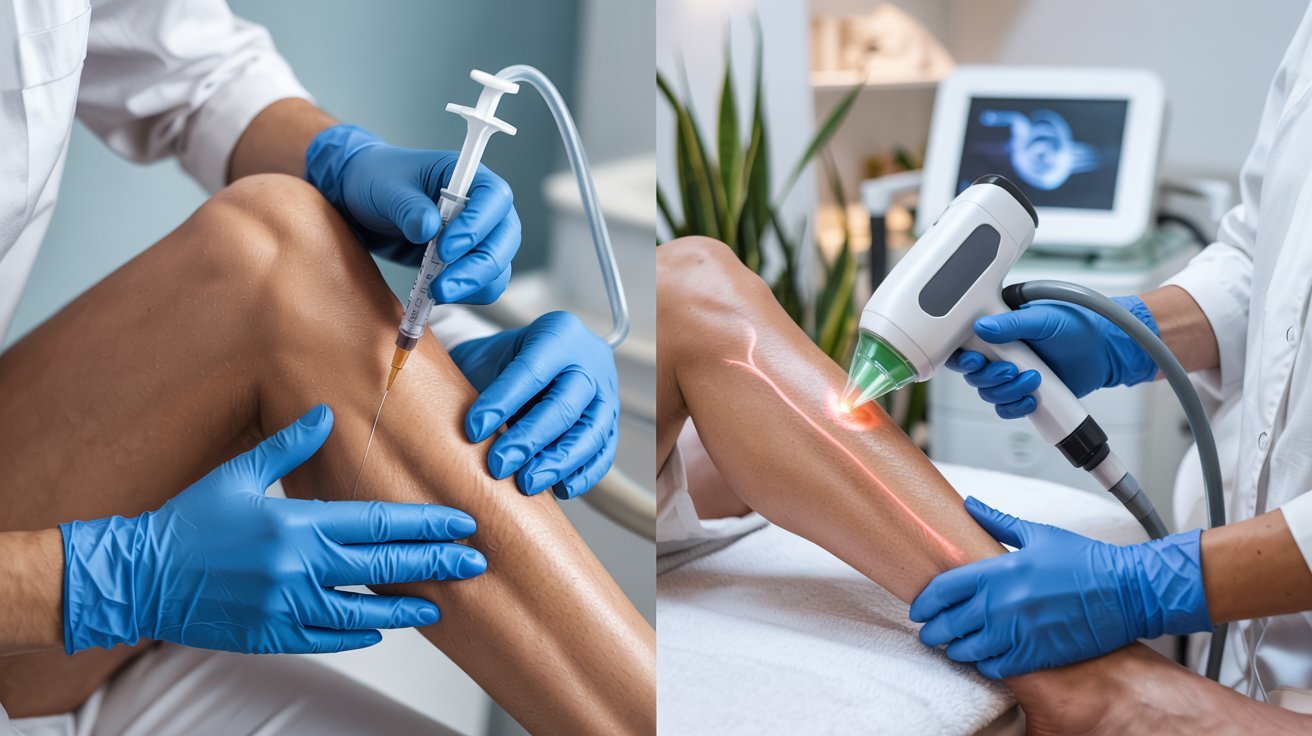
Two main medical treatments effectively remove spider veins from legs and other body areas.
What Is Sclerotherapy?
Sclerotherapy involves injecting a solution directly into the spider vein. The solution, called a sclerosant, irritates the vein walls and causes them to collapse.
The collapsed vein gets absorbed by your body over time and disappears.
The procedure takes about 30 to 45 minutes per session. Most people resume normal activities immediately with minimal restrictions. Recovery time is quick with little downtime needed.
Common sclerosing agents include Asclera and polidocanol. These FDA-approved solutions work safely and effectively for treating spider veins.
What Is Laser Therapy?
Laser therapy uses focused light energy to heat and damage spider veins. The heat causes the vein walls to collapse and seal shut. Your body then absorbs the treated vein naturally.
Nd:YAG lasers are commonly used for leg spider veins. Different laser types treat various vein sizes and skin tones effectively.
Laser therapy is non-invasive with no needles required. It works best for small, shallow veins close to the skin’s surface. Very fine veins respond particularly well to this method.
Effectiveness Comparison
Understanding how well each treatment performs helps you choose the right option for your veins.
| Factor | Sclerotherapy | Laser Therapy |
| Vein Size Range | Small to medium, various depths | Very small, surface-level only |
| Success Rate | Higher for most vein types | Good for tiny veins |
| Sessions Needed | 1-2 typically | 3-6 typically |
| Results Timeline | Faster improvement | Gradual improvement |
| Clinical Evidence | Strong, well-established | Effective for specific cases |
| Vein Coverage | Treats more veins per session | Limited coverage per session |
Comfort and Side Effects
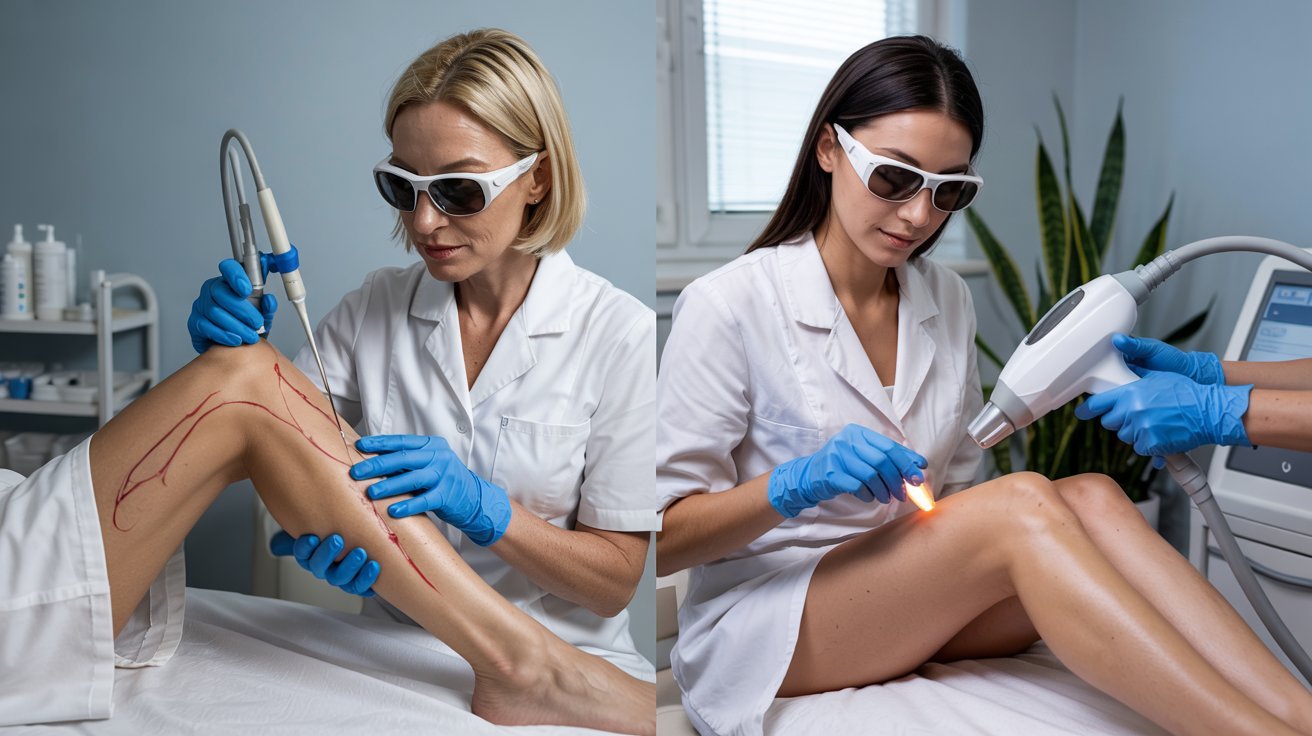
Pain levels and potential reactions differ between the two treatment approaches.
Pain Level During Treatment
Sclerotherapy: Minimal discomfort from fine needle injections. Most patients describe it as a slight pinch that lasts only seconds.
Laser Therapy: Burning or stinging sensation from heat. Each laser pulse feels like a rubber band snap with more intense discomfort than sclerotherapy.
Possible Side Effects
Sclerotherapy Side Effects: Temporary swelling, redness, mild hyperpigmentation (brown spots), and bruising. Most side effects fade within days to months.
Laser Therapy Side Effects: Risk of hypopigmentation (permanent light spots), redness, swelling, and rare blistering. White marks can be permanent on darker skin tones.
Best Candidates for Each Treatment
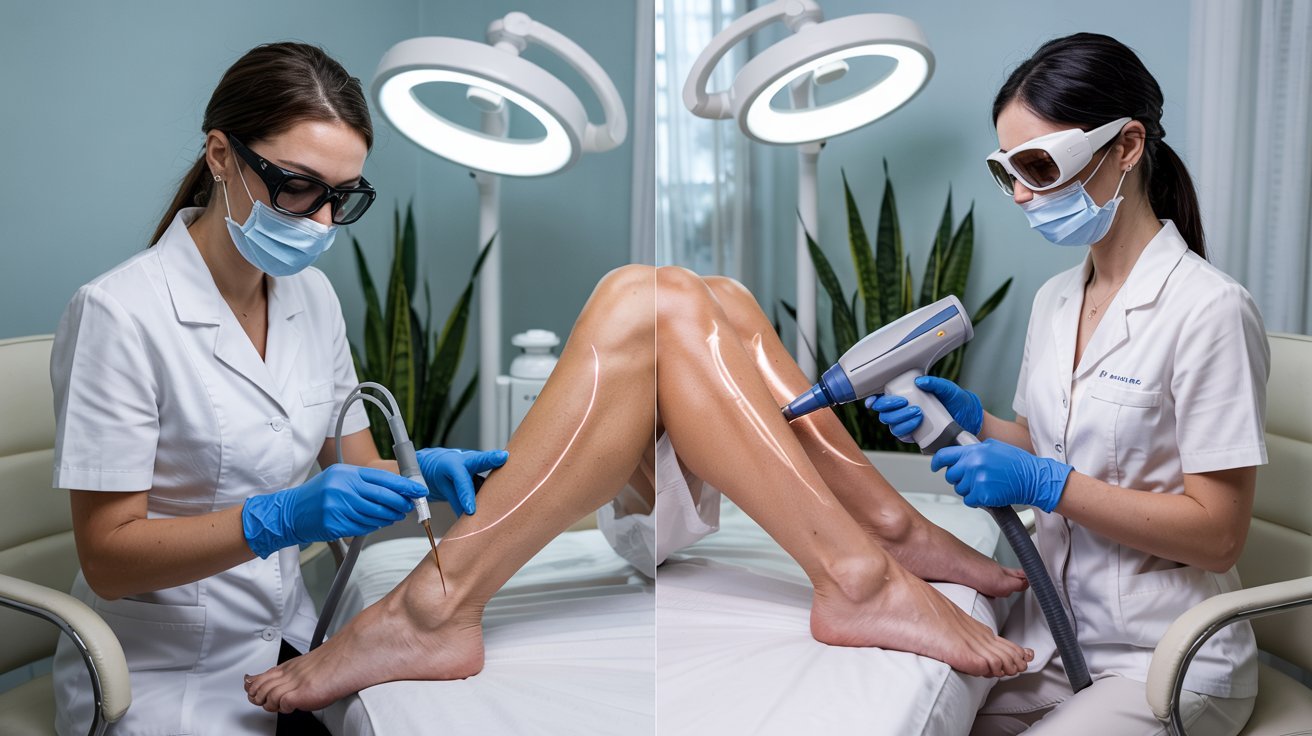
Certain vein characteristics and patient factors make one treatment more suitable than the other.
When Sclerotherapy Is Better
Sclerotherapy works ideally for medium to large spiders and reticular veins. These blue or green feeding veins respond excellently to injections and can reach deeper veins that lasers can’t.
Patients who’ve had varicose vein treatment often develop branch veins that sclerotherapy clears efficiently.
Choose sclerotherapy if you want fewer sessions and faster results. Most people complete treatment in one or two visits.
When Laser Therapy Is Better
Laser works best for very fine or facial spider veins too small for needle injection. The tiniest red veins on the nose or cheeks respond well to laser treatment.
Laser suits patients with needle phobia or allergies to sclerosant solutions. The non-invasive approach avoids injections entirely.
Cost Comparison
Treatment expenses vary but generally follow predictable patterns.
|
Cost Factor |
Sclerotherapy |
Laser Therapy |
|
Price Per Session |
$300-$600 |
$400-$800 |
|
Total Treatment Cost |
$300-$1,200 (1-2 sessions) |
$1,200-$4,800 (3-6 sessions) |
|
Coverage Per Session |
Treats more veins |
Treats fewer veins |
|
Value |
Better cost-effectiveness |
Higher total expense |
|
Insurance Coverage |
Rarely covered (cosmetic) |
Rarely covered (cosmetic) |
Expert Opinions
Medical specialists who treat spider veins daily provide valuable insights about treatment choices.
Dr. Edward Mackay advocates for sclerotherapy based on better comfort and efficiency. He notes that patients tolerate injections well and appreciate faster results. His practice sees higher satisfaction rates with sclerotherapy.
Dr. Dev Batra cites research showing faster resolution and less pain with sclerotherapy. Clinical studies from his work demonstrate superior outcomes compared to laser therapy. He recommends sclerotherapy as the first-line treatment for most patients.
Dr. Gary Nackman recommends a combination approach for best outcomes. He uses sclerotherapy for most veins and reserves lasers for those too small to inject.
This strategy maximizes results while minimizing treatment sessions. The combined method addresses all vein sizes effectively.
Which Is Better Overall?
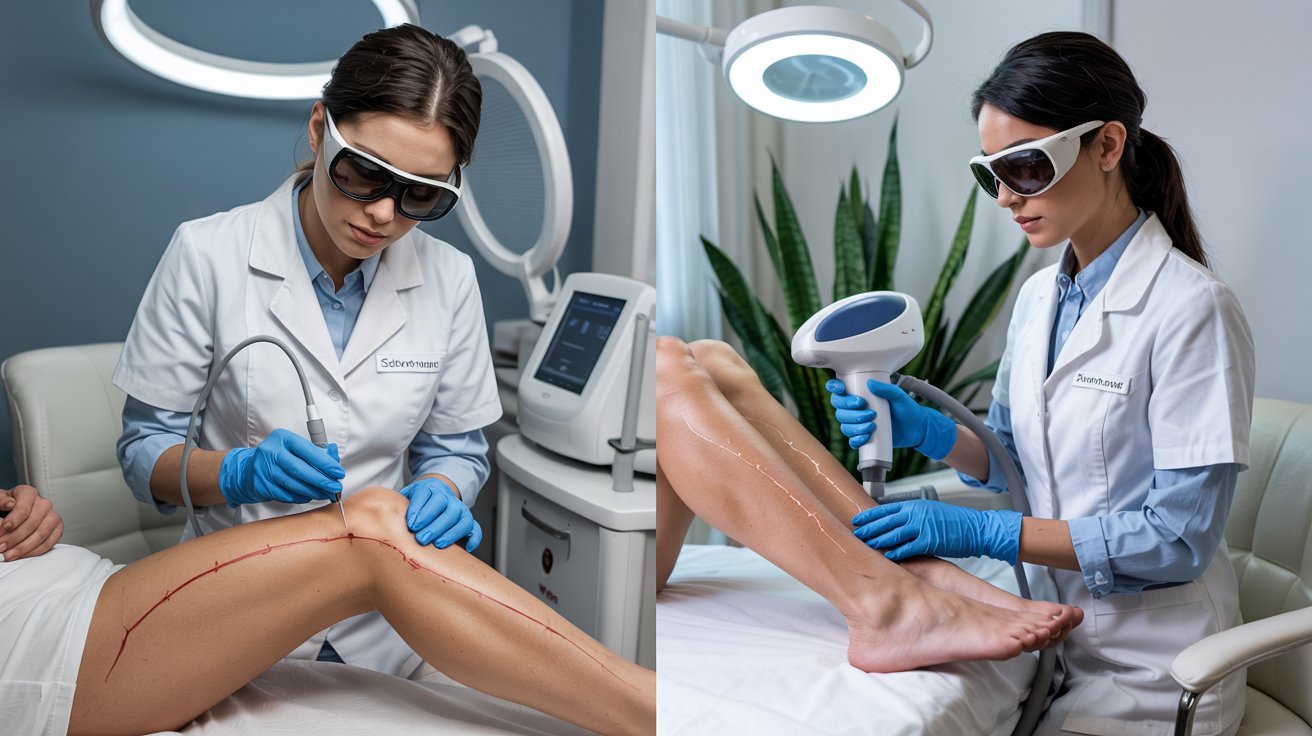
Comparing both treatments reveals a clear leader with specific exceptions for certain situations.
Sclerotherapy remains the gold standard for leg spider veins. Decades of clinical use prove its safety and effectiveness.
It treats more vein types in fewer sessions with lower costs. Medical experts consistently choose sclerotherapy as their primary treatment method.
Laser therapy provides valuable options for small or delicate areas. Facial veins and extremely fine leg vessels benefit from laser treatment. The non-invasive approach suits patients who can’t tolerate needles.
Many specialists use both methods together for comprehensive results. They inject larger vessels with sclerotherapy first.
Then they apply a laser to any remaining tiny veins that needles can’t reach. This combined strategy delivers the best overall outcome.
Conclusion
Depending on your unique vein type and objectives, you can choose between sclerotherapy and laser treatment for spider veins. Because sclerotherapy is quicker and less expensive overall,
I’ve seen innumerable patients get fantastic results. While laser therapy fills a specific niche for tiny vessels, sclerosing works well for veins of most sizes.
For a vein examination and treatment recommendation, speak with a board-certified vein specialist. Leave a comment below with your questions or experience!
Frequently Asked Questions
Does sclerotherapy hurt more than laser treatment?
No, sclerotherapy typically causes less discomfort than laser. The needle pinch is brief while the laser creates a longer burning sensation. Most patients tolerate sclerotherapy more easily.
How long do spider vein treatments last?
Both treatments permanently remove existing veins. However, new spider veins can form over time due to genetics and lifestyle. Results typically last several years before maintenance is needed.
Can I exercise after spider vein treatment?
After sclerotherapy, avoid intense exercise for 24 to 48 hours. After laser treatment, you can usually resume normal activity immediately. Walking is encouraged after both procedures.
Which treatment works better for facial spider veins?
Laser therapy works better for facial spider veins. The vessels on your face are too small and delicate for sclerotherapy needles. The laser precisely targets these tiny veins without damaging surrounding skin.
Will insurance cover spider vein treatment?
Insurance rarely covers spider vein treatment since it’s considered cosmetic. Coverage applies only if veins cause medical symptoms like pain or swelling. Check with your insurance provider for specific policy details.





